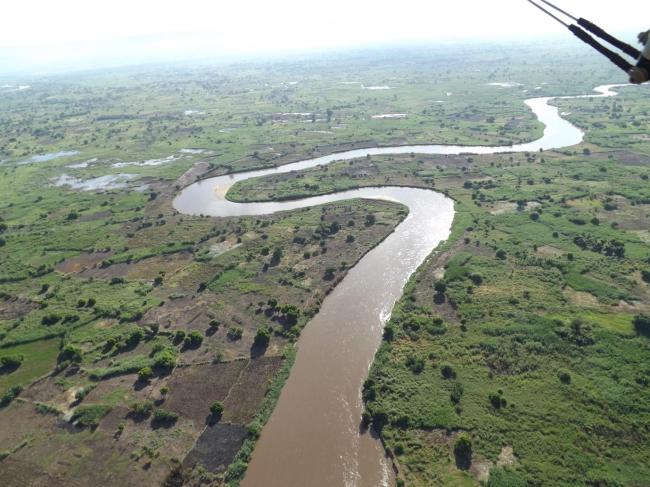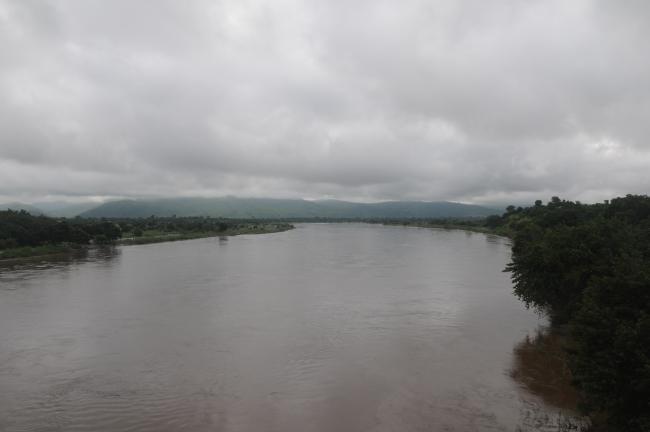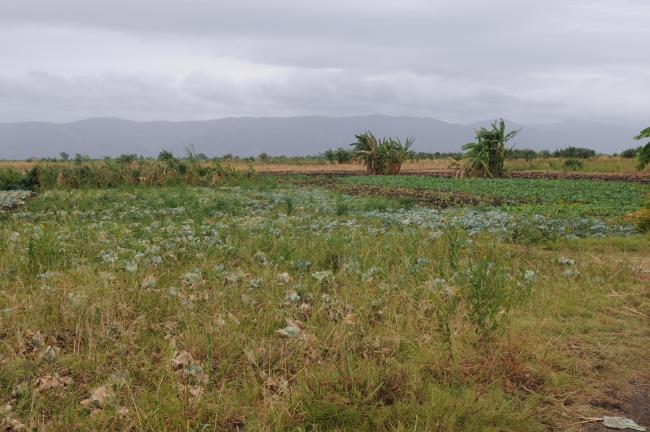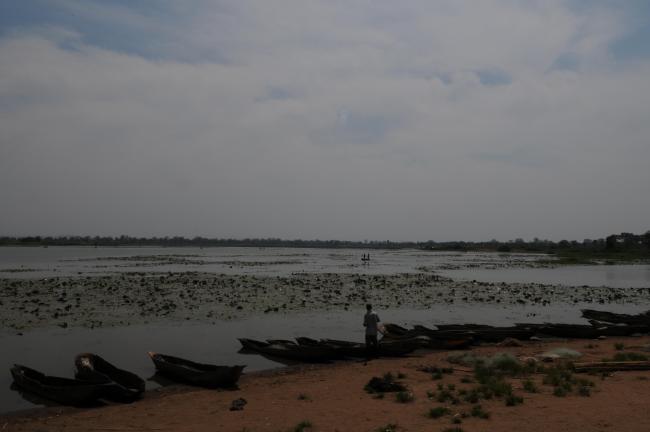Elephant Marsh
Elephant Marsh
- Country:
- Malawi
- Site number:
- 2308
- Area:
- 61,556.0 ha
- Designation date:
- 01-07-2017
- Coordinates:
- 16°21'29"S 35°00'58"E
Carousel
CarouselMaterials presented on this website, particularly maps and territorial information, are as-is and as-available based on available data and do not imply the expression of any opinion whatsoever on the part of the Secretariat of the Ramsar Convention concerning the legal status of any country, territory, city or area, or of its authorities, or concerning the delimitation of its frontiers or boundaries.
The Site, situated in the lower Shire valley in Southern Malawi, is a mosaic of rooted swamp vegetation, floating flora and open water with grassy margins and reed beds, interspersed with islands containing reeds, shrubs and palm trees. It was named “Elephant Marsh” by the explorer David Livingstone in 1859, who counted as many as 800 elephants in one sighting. Nowadays the elephants are largely gone, but the Site supports over 20,000 waterbirds. Around 26 waterbird species have been found breeding in the area; among them are the threatened Madagascar squacco heron (Ardeola idae), wattled crane (Bugeranus carunculatus) and grey crowned crane (Balearica regulorum). It also supports populations of hippopotamus, and several species of fish and aquatic invertebrates, including the newly identified sub-species of the butterfly Colotis amata that breeds exclusively on the lake edge surrounded by the evergreen shrub Salvadora persica. Elephant Marsh plays an important role in maintaining the valley’s hydrological regime, through flood control, water storage and supply of nutrient-rich sediment. The combination of the different habitat types within the Marsh, and the changes in these over the course of the flood cycle, give rise to the overall productivity of the Site and its importance for the conservation of resident and migratory species. Poaching and the removal of the remaining large trees bordering the Marsh may further impact groups of fauna that rely on these habitats, such as the waterbirds that roost and breed there, and the mammals that take refuge there from the surrounding cultivated and disturbed areas.
Administrative region:
The Elephant Marsh straddles the administrative districts of Chikwawa and Nsanje.
Last publication date:
13-07-2017
Ramsar Information Sheet (RIS)
- MW2308RIS_1707_en.pdf
- MW2308_map170510.jpeg
- MW2308_map170510.pdf
- MW2308_taxo170608. Biodiversity_report_accepted.pdf
Site map
Additional reports and documents
Taxonomic lists of plant and animal species occurring in the site
Site management plan






